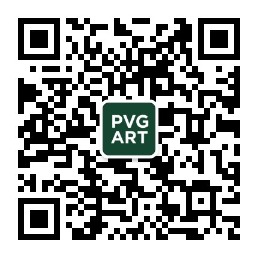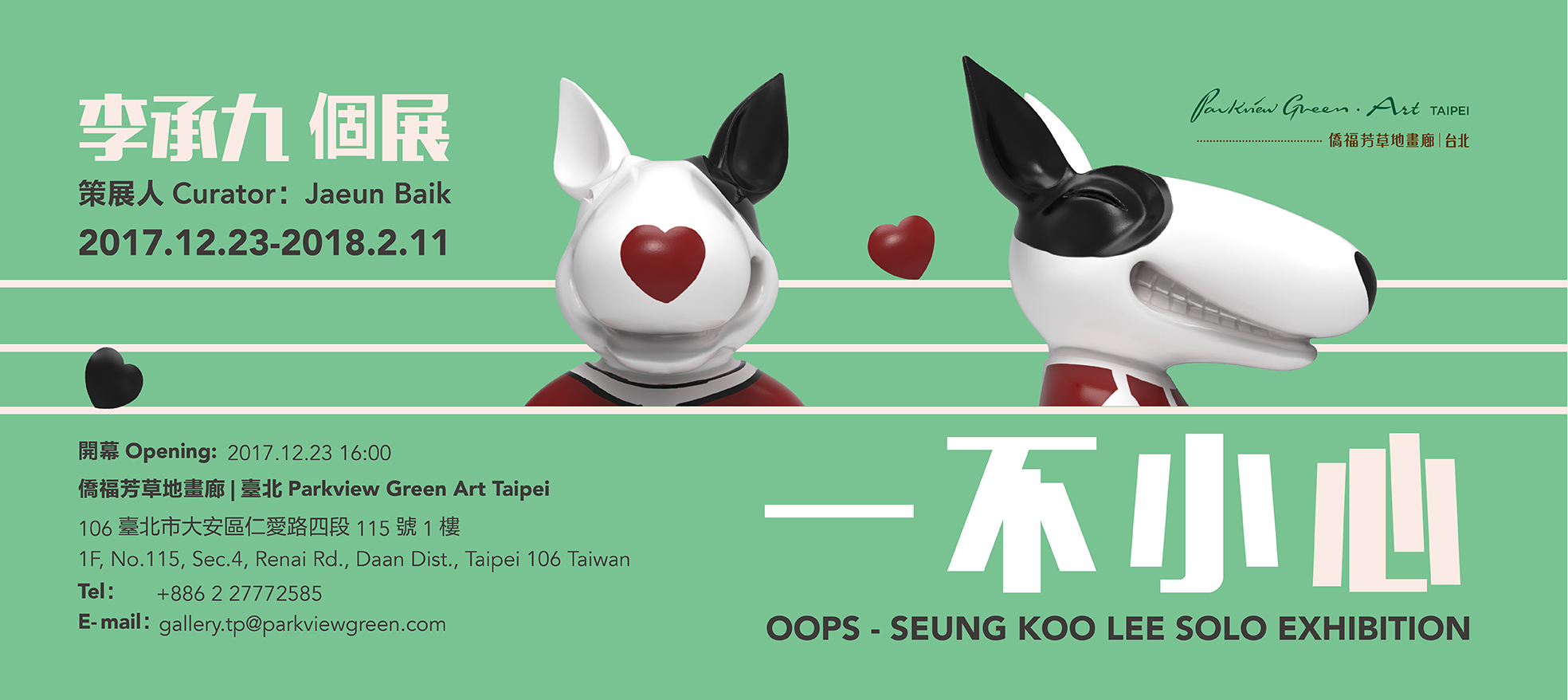Doctor of Philosophy of Art Jaeun Baik
“DDinggu”, the most representative artwork of Lee Seung-koo isnamed after his childhood nickname, which makes us feel that “DDinggu” somehowrepresents the identity the artist has hidden so far to act like a grown-up.After graduating from a university in Korea with major in sculpture, Leestudied in Germany for seven years, and has been active in China for 10 yearsthereafter. Despite the 17 years spent abroad, here he expresses the feeling ofstill being an alien after all those efforts. The awkwardness of not being ableto truly relate to different cultures and societies, and the frustration hefelt when he had to just smile whenever he encountered such limit. “DDinggu” is an outlet to him to breakout from the boundaries and release the inhibition he imposed onto himselfwhenever he is up against the wall. Here we can see “DDinggu” making funny andmischievous expression on his face, scampering around freely and doing whateverhe wants. “DDinggu” gives the catharsis through which the artist expresses hisunrestrained pleasure, excitement and happiness in life.
By Chance...
When asked about his spending many years abroadstudying and working, Lee answers it was all “by chance”, not following anyspecial plan or intention. Similar to his life, “Superhero” shows those who are forced to take on the role ofa superhero to survive the cut-throat competition. Lee describes the grimpicture of contemporary society with a cheerful note, giving it a humoroustwist and making it multi-layered with his own style. Being able to claim astyle of his own serves as fingerprint for an artist. “Superhero” denotes Lee’scharacteristic style with its exaggerated proportion and muscle, anddelightfully bold and precise postures.
Looking at his paintings, we can see they aredelivering the language of vision. Each element in the art constitutes vision,and through the language of vision, the beauty of formative art is delineated.When an artist employs a series of images, (s)he is trying to give variationsto the topic. Andy Warhol is a great example. Like Andy Warhol who placed themultiple versions of the same image in one canvas, Lee positions “DDinggu” atthe center and makes the image into the serial art in simple and restrainedcolors, engraving the very striking language of vision onto the viewers.
AR(Augmented Reality) is another new approach Lee haschosen for this exhibition. On the two-dimensional canvas of his, thethree-dimensional “DDinggu” pops up and runs around on the canvas. The planarimage expressed in the language of vision is extended into another dimensionwith AR “DDinggu” coming into life. Lee shows there’s noboundary in the art of the 21st century, and the audience naturallycomes to expect more from him with the expectation on how much further he wouldtake us with the passage of time.
Purely “by chance”,we assume heavy responsibility in life and are forced to become a superhero.But secretly, we wish to go back to the free and mischievous “DDinggu” who hasno inhibition. Such yearning is all too often forgotten in our daily grindunder the severe competition against all others, but Lee reassures us that itmight all work out in the end showing us his heart-warming and cheerful“DDinggu”.
Doctor of Philosophy of Art Jaeun Baik
“DDinggu”, the most representative artwork of Lee Seung-koo isnamed after his childhood nickname, which makes us feel that “DDinggu” somehowrepresents the identity the artist has hidden so far to act like a grown-up.After graduating from a university in Korea with major in sculpture, Leestudied in Germany for seven years, and has been active in China for 10 yearsthereafter. Despite the 17 years spent abroad, here he expresses the feeling ofstill being an alien after all those efforts. The awkwardness of not being ableto truly relate to different cultures and societies, and the frustration hefelt when he had to just smile whenever he encountered such limit. “DDinggu” is an outlet to him to breakout from the boundaries and release the inhibition he imposed onto himselfwhenever he is up against the wall. Here we can see “DDinggu” making funny andmischievous expression on his face, scampering around freely and doing whateverhe wants. “DDinggu” gives the catharsis through which the artist expresses hisunrestrained pleasure, excitement and happiness in life.
By Chance...
When asked about his spending many years abroadstudying and working, Lee answers it was all “by chance”, not following anyspecial plan or intention. Similar to his life, “Superhero” shows those who are forced to take on the role ofa superhero to survive the cut-throat competition. Lee describes the grimpicture of contemporary society with a cheerful note, giving it a humoroustwist and making it multi-layered with his own style. Being able to claim astyle of his own serves as fingerprint for an artist. “Superhero” denotes Lee’scharacteristic style with its exaggerated proportion and muscle, anddelightfully bold and precise postures.
Looking at his paintings, we can see they aredelivering the language of vision. Each element in the art constitutes vision,and through the language of vision, the beauty of formative art is delineated.When an artist employs a series of images, (s)he is trying to give variationsto the topic. Andy Warhol is a great example. Like Andy Warhol who placed themultiple versions of the same image in one canvas, Lee positions “DDinggu” atthe center and makes the image into the serial art in simple and restrainedcolors, engraving the very striking language of vision onto the viewers.
AR(Augmented Reality) is another new approach Lee haschosen for this exhibition. On the two-dimensional canvas of his, thethree-dimensional “DDinggu” pops up and runs around on the canvas. The planarimage expressed in the language of vision is extended into another dimensionwith AR “DDinggu” coming into life. Lee shows there’s noboundary in the art of the 21st century, and the audience naturallycomes to expect more from him with the expectation on how much further he wouldtake us with the passage of time.
Purely “by chance”,we assume heavy responsibility in life and are forced to become a superhero.But secretly, we wish to go back to the free and mischievous “DDinggu” who hasno inhibition. Such yearning is all too often forgotten in our daily grindunder the severe competition against all others, but Lee reassures us that itmight all work out in the end showing us his heart-warming and cheerful“DDinggu”.

